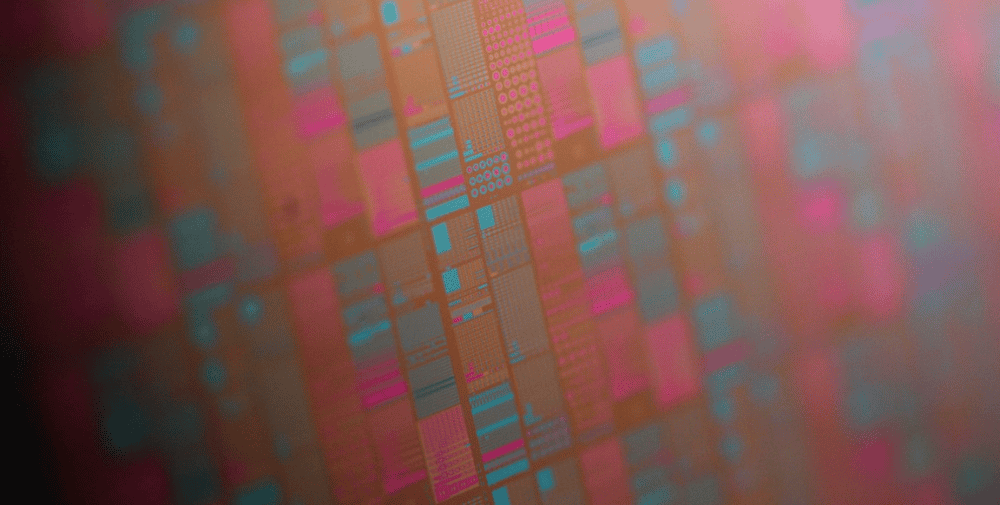Next year’s fab equipment spending recovery will be partly driven by the end of the semiconductor inventory correction in 2023 and strengthening demand for semiconductors in the high-performance computing (HPC) and memory segments.
“The 2023 decline in equipment investment is proving shallower and the 2024 rebound stronger than expected earlier this year,” said Ajit Manocha, SEMI president and CEO. “The trend suggests the semiconductor industry is turning the corner on the downturn and on a path back to robust growth fueled by healthy chip demand.”
Foundry Segment Continues to Lead Semiconductor Industry Expansion
The foundry segment is expected to lead the semiconductor expansion in 2023 with US$49 billion in investments, 1% growth, and US$51.5 billion in spending in 2024, a 5% increase as investment continues in leading-edge and mature process nodes. Memory spending is forecast to stage a strong comeback in 2024 with a 65% increase to US$27 billion after a 46% decline in 2023. Specifically, DRAM investments are expected to decline 19% YoY to US$11 billion in 2023 but recover to US$15 billion, a 40% annual jump, in 2024. NAND spending is projected to mirror that trend, decreasing 67% to US$6 billion in 2023 but surging 113% to US$12.1 billion in 2024. MPU investments are expected to remain flat in 2023 and increase 16% to US$9 billion in 2024.
Taiwan Continues to Lead Equipment Spending
Taiwan is expected to retain the global lead in fab equipment spending in 2024 with US$23 billion in investments, a 4% YoY increase. Korea is projected to rank second in spending, with an estimated US$22 billion in investments in 2024, a 41% jump from this year reflecting a memory sector recovery. With export controls expected to limit China’s spending in leading-edge technologies and foreign investment, the region is forecast to place third in equipment spending worldwide in 2024 at US$20 billion, a decline from 2023 levels. Despite the constraints, Chinese foundry suppliers and IDMs are expected to continue investments in mature process nodes.
The Americas is expected to remain the fourth largest region in spending, reaching a historic high of US$14 billion in investments in 2024, a 23% YoY increase. The Europe and Mideast region is also forecast to log record investments next year, increasing spending by 41.5% to US$8 billion. Fab equipment spending in Japan and Southeast Asia is expected to increase to US$7 billion and US$3 billion, respectively, in 2024.
Covering 2022 to 2024, the SEMI World Fab Forecast report shows the global semiconductor industry increasing capacity by 5% this year after an 8% rise in 2022. Capacity growth is expected to continue in 2024, climbing 6%.
The latest update of the SEMI World Fab Forecast report, published in September, lists 1,477 facilities and lines globally, including 169 facilities and lines with various probabilities expected to start operation in 2023 or later.
Download a sample of the SEMI World Fab Forecast report.
For details about SEMI reports on other semiconductor sectors, visit SEMI Market Data or contact the SEMI Market Intelligence Team (MIT) at mktstats@semi.org.
About SEMI
SEMI® connects 3,000 member companies and 1.3 million professionals worldwide to advance the technology and business of electronics design and manufacturing. SEMI members are responsible for the innovations in materials, design, equipment, software, devices, and services that enable smarter, faster, more powerful, and more affordable electronic products. Electronic System Design Alliance (ESD Alliance), FlexTech, the Fab Owners Alliance (FOA), the MEMS & Sensors Industry Group (MSIG) and SOI Consortium are SEMI Strategic Technology Communities. Visit www.semi.org, contact one of our worldwide offices, and connect with SEMI on LinkedIn and Twitter to learn more.
Further links
👉 https://www.semi.org/en



